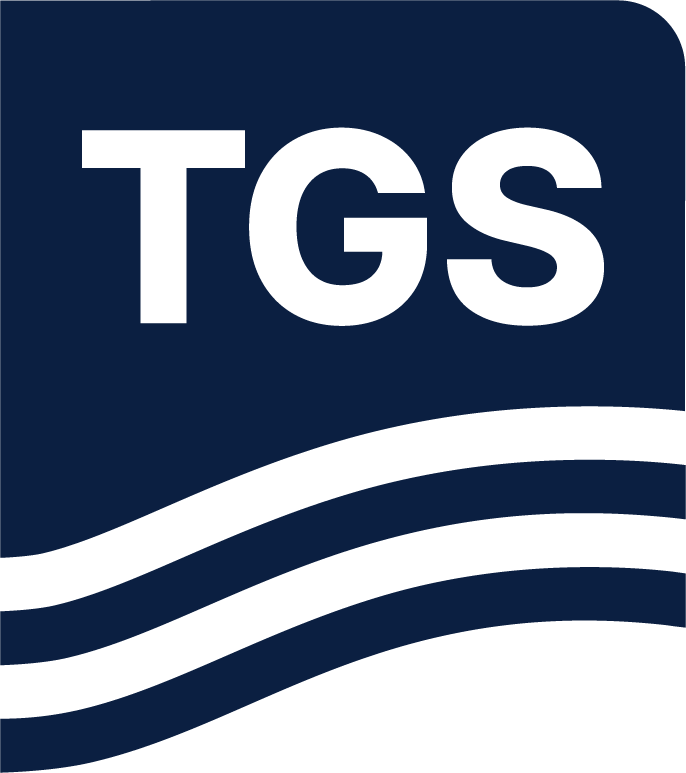First Published: GEO ExPro - Exploration Opportunities, May 2025, by Jens Benfeeldt and Reidun Myklebust, TGS
Abstract
TGS has taken another step forward for new exploration in the frontier Vøring Basin acquiring 10,000 km2 GeoStreamer 3D seismic using state-of-the-art broadband processing and imaging technology.
Highlights:
- New high-quality seismic and FWI velocity attributes to identify petroleum plays and prospects
- Refinement of sedimentary systems and sand deposits in regions with complex geology
- Identification and mapping of deep-water Paleogene source-to-sink sedimentary systems
- New understanding of volcanic basin processes and deposits
- Interaction between volcanic rocks / sill intrusions and sediments
- Maturation and focused migration of hydrocarbons from deeper structures to shallow reservoirs in hydrothermal vent complexes (HTVC)
- Tie to industry and scientific boreholes and seabed sampling locations
Outer Vøring Basin – what is required?
To unlock the prospectivity of the Outer Vøring Basin, TGS has acquired ~10,000 km2 of GeoStreamer multisensory broadband data using a wide-tow triple source configuration and two long tails for FWI (full-waveform inversion) processing. This new dataset is the latest piece of the comprehensive TGS Atlantic Margin data library, covering the Faroe Shetland Basin to the Norwegian Sea.
During the last decade, there has been a shift to larger 3D surveys, which is important for the new geological understanding. From 2017 to 2020, TGS acquired more than 55,000 km2 in the Møre and Vøring basins, providing new insight and knowledge of the prospectivity along the whole mid-Norwegian continental shelf.

The sill complex correlates with high seismic velocity, whereas the HTVC is associated with lower seismic velocities in the dome structure. Low velocity might be an indication of gas and thus a good guide for mapping fluid migration not clearly visible on the seismic profile.
The PGS23M02NWS addition to the Atlantic Margin is a high-quality GeoStreamer volume which combines multisensory broadband and wide-tow triple source efficiency with the latest processing technology and velocity model building to improve the subsurface imaging, its complexities and potential. Pre-stack depth migration (PSDM) combined with full-waveform inversion (FWI) makes a major difference for the interpretation and mapping of hydrocarbon deposits and for discrimination between volcanic rocks and sediments .
Read the full article here.

